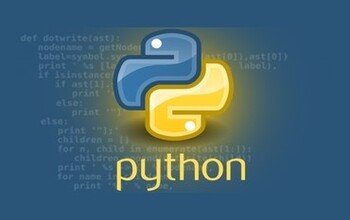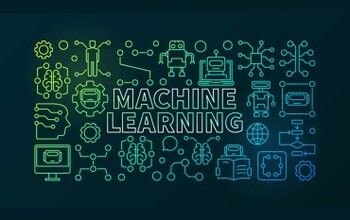Join Niltech-Edu's 100% Job Guarantee Programs.
YOU DESERVE BETTER.
Niltech Edu is part of a Product Development Company, so you get to experience the technologies we work on. Our Full Stack Developer has build several products for organisations like DRDO, Indian Airforce and many more. At Niltech Edu our quality curriculum is designed with top-tier industries in mind, not academics, so you learn the high-impact skills that top companies want.
Experience a Focused and Personalized Full Stack Training with a Batch size of only 3-5 members.
What You Will Learn
The goal of the Full Stack Web Developer program is to equip learners with the unique skills they need to build database-backed APIs and web applications. A graduate of this program will be able to design and build databases for software applications, create and deploy database-backed web APIs, and secure and manage user authentication and access control for an application backend. Students will also learn how to deploy a Live Web Application to the cloud which will be globally accessible.
Option 1: Full Stack (MERN Stack) Curriculum
Become a MERN Stack Full Stack Developer, one of the most in-demand stack for Full Stack Developers. MERN Stack consists of MongoDB, Express JS, React Framework, Node JS and many more topics which are high-demand skills in the industry.
- 1. Hyper Text Markup Language (HTML5)
- 2. Formatting Text
- 3. Understating the power of html
- 4. Linking and navigation
- 5. Images and Graphics
- 6. Media
- 7. Forms and Interactive elements
- 8. Cascading Style Sheets (CSS3)
- 9. Core concepts
- 10. Box Model
- 11. Typography
- 12. Floats and Positions
- 13. Flexbox
- 14. Grid
- 15. Advanced selectors
- 16. GreenSock
- 17. Fluid and Responsive layouts
- 18. Bootstrap Framework
- 19. Git client with Github
- 20. JavaScript
- 21. Up and running with js
- 22. Data Types and Operators
- 23. Conditional statements and Loops
- 24. Functions and Methods
- 25. Arrays
- 26. Asynchronous JS
- 27. Exception handling
- 28. DOM
- 29. Browser Fetch API
- 30. ECMAScript 6
- 31. REACT
- 32. JSX (jsx vs js)
- 33. The road to hello world
- 34. React Components
- 35. Lifecyle methods
- 36. Hooks
- 37. Handling Form state
- 38. Managing State
- 39. React Router
- 40. Redux
- 41. What exactly TypeScript is
- 42. Node
- 43. Create our own server
- 44. Express and EJS
- 45. Middleware
- 46. Files and Streams
- 47. Error handling and Debugging
- 48. Sync and Async
- 49. REST API
- 50. Database
- 51. Authentication and Authorization
- 52. Socket.io
- 53. AWS
- 54. Node Js
- 55. Web Server
- 56. Sql Alchemy
- 57. Jquery
- 58. AJAX
- 59. Authentication and Authorization
- 60. Facebook and other providers
- 61. RESTful APIs
- 62. React Fundamentals
- 63. React - Rendering UI
- 64. React - State Management
- Industry Based Projects




